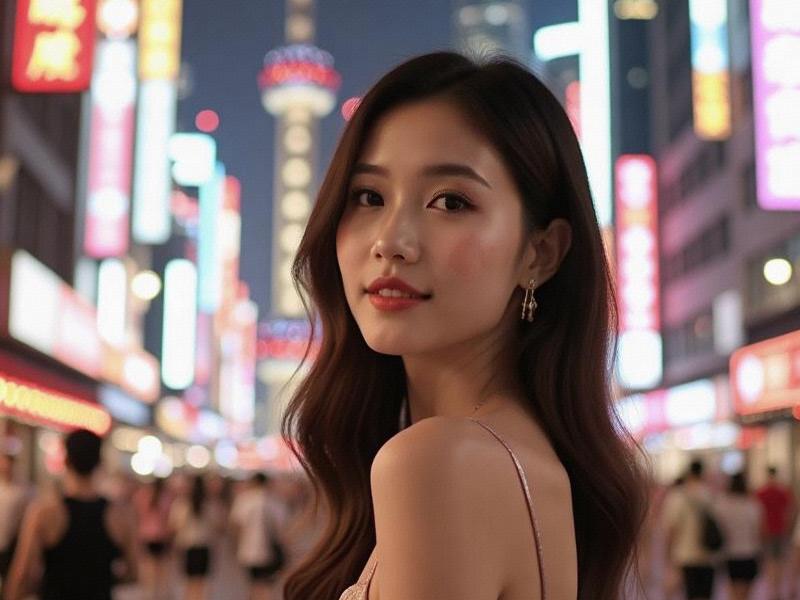
PART 1: ARCHITECTURAL EVOLUTION
1.1 Vertical Urbanism:
- Lujiazui's next-generation supertall clusters
- Underground city expansion beneath People's Square
- Floating structures along Huangpu River
- Bamboo-inspired eco-skyscrapers
1.2 Adaptive Reuse:
• Converted textile factories as creative hubs
• Historic shikumen as boutique hotels
• Colonial buildings as cultural centers
• Industrial waterfronts as public spaces
PART 2: TECHNOLOGICAL INTEGRATION
爱上海同城419 2.1 Smart City Systems:
- AI-powered traffic management
- Blockchain-based municipal services
- Drone delivery networks
- Digital twin urban planning
2.2 Green Innovations:
• Vertical forest towers
• Solar-panel roadways
• Waste-to-energy plants
• Urban microclimate control
PART 3: SOCIAL FABRIC
爱上海419论坛 3.1 Community Preservation:
- Last remaining lilong neighborhoods
- Morning exercise culture in parks
- Tea house traditions adaptation
- Wet market modernization debates
3.2 Demographic Shifts:
• Returning overseas Chinese professionals
• Foreign talent retention strategies
• Aging population solutions
• Digital nomad communities
PART 4: CULTURAL SYNTHESIS
上海龙凤阿拉后花园 4.1 Creative Renaissance:
- Contemporary art district expansions
- Independent bookstore revival
- Jazz scene globalization
- Culinary experimentation labs
4.2 Global-Local Balance:
• Western art forms with Chinese aesthetics
• Fusion cuisine authenticity debates
• Fashion designers blending traditions
• Multilingual cultural programming
CONCLUSION: THE SHANGHAI PARADOX
Shanghai's transformation represents a unique urban alchemy - simultaneously futurist and nostalgic, globally connected yet distinctly Chinese, offering a blueprint for how world cities might evolve while maintaining their souls in the digital age.
